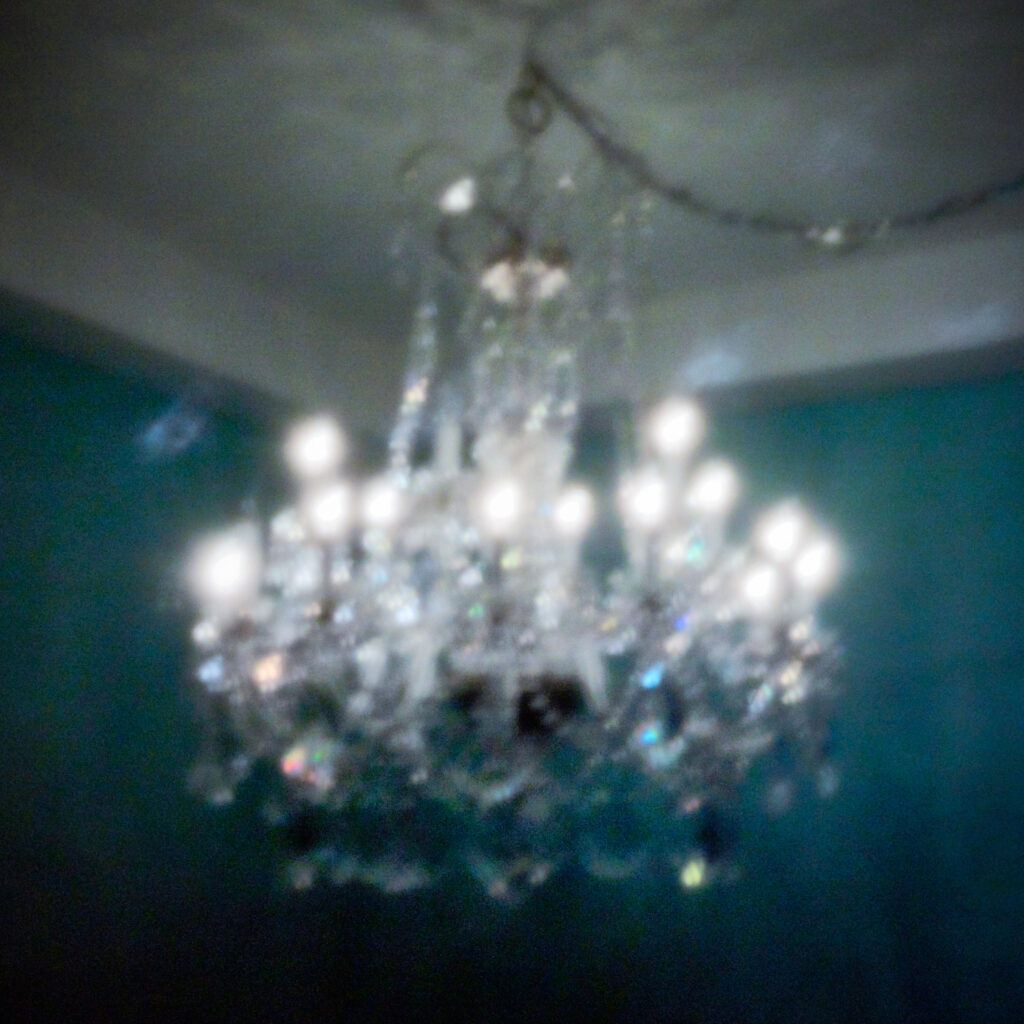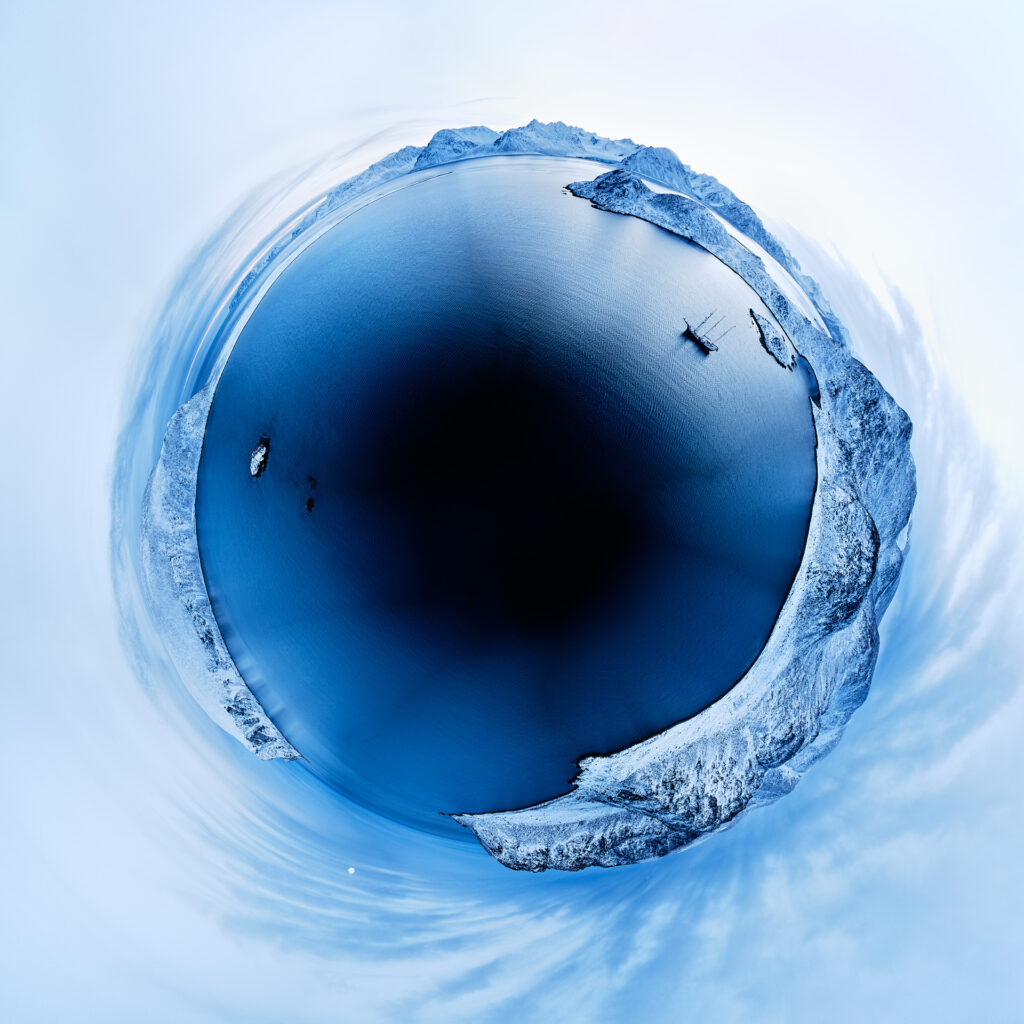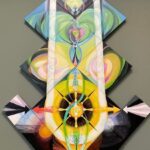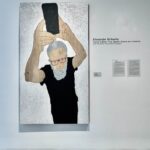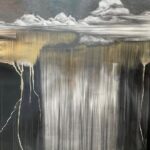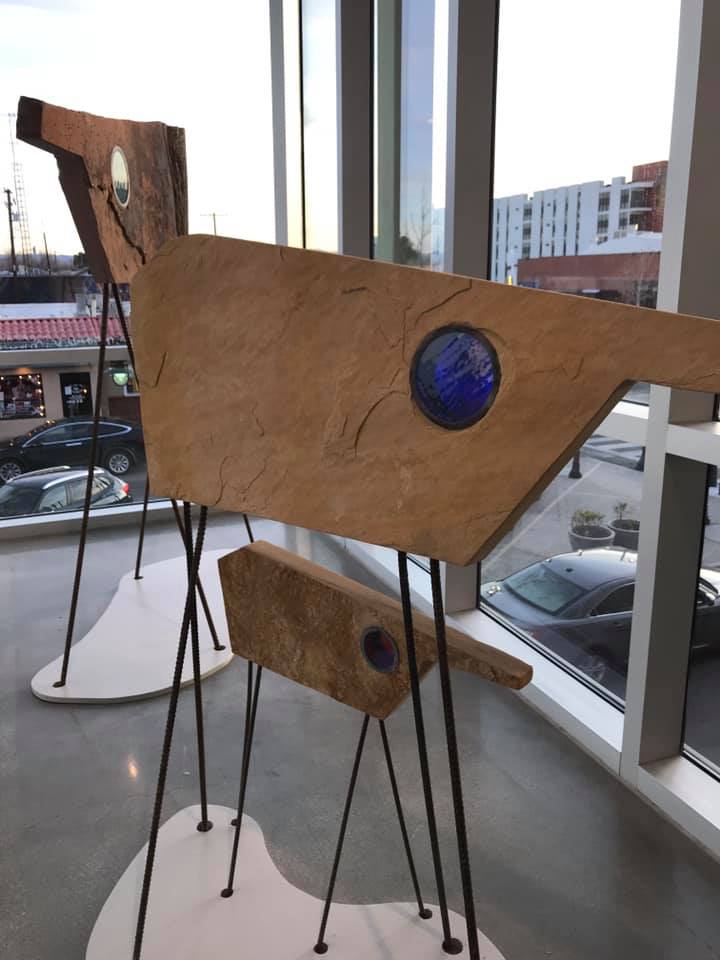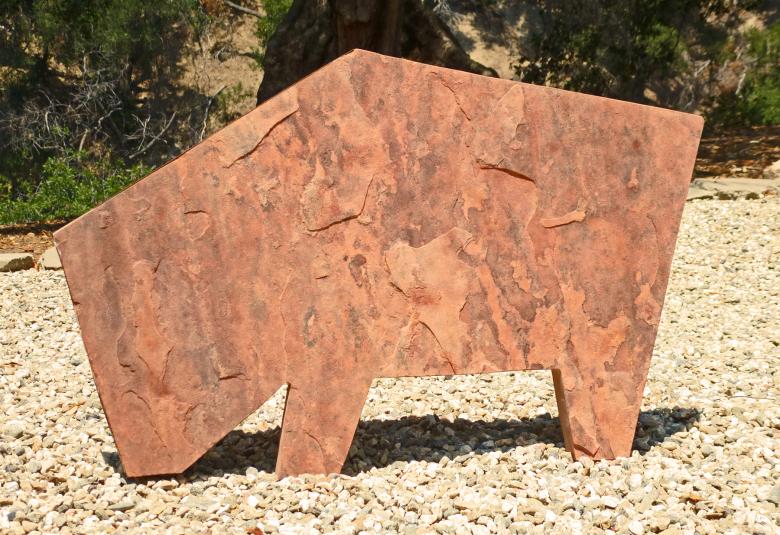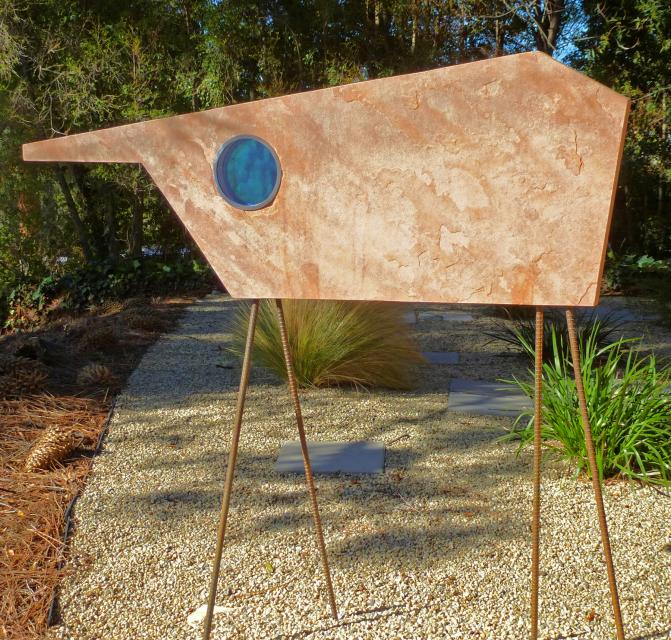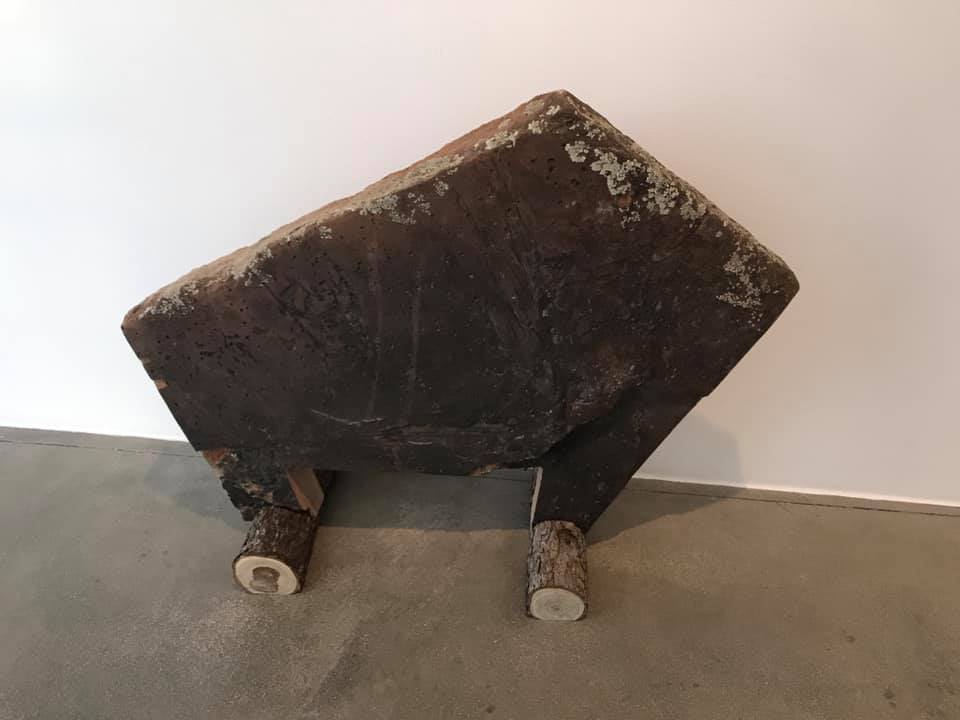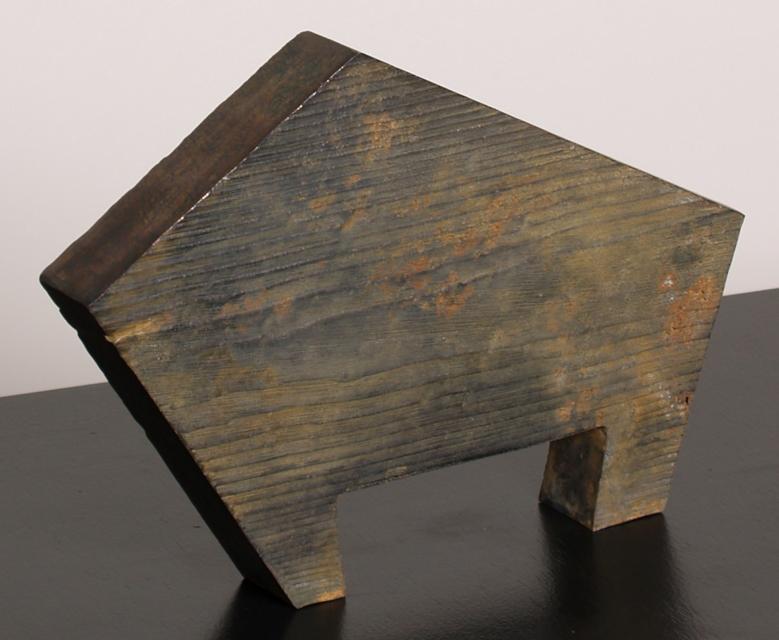
With work that is always personal, compelling, and rich in both spirituality and narrative story, Leonard Greco is bringing his latest body of work, Fairyland, to MOAH Cedar, in a solo show opening February 23rd and running through March 31st. The show looks to be a grand tour de force: epic, slightly surreal, and intensely powerful.
Greco describes this upcoming bravura exhibition as having “a definite camp sensibility, not dissimilar to the theatrical confections of Cecil Beaton in the 1920’s. Camp, having been described as the lie that tells the truth, is an innate language I have been reticent to explore until recently.”
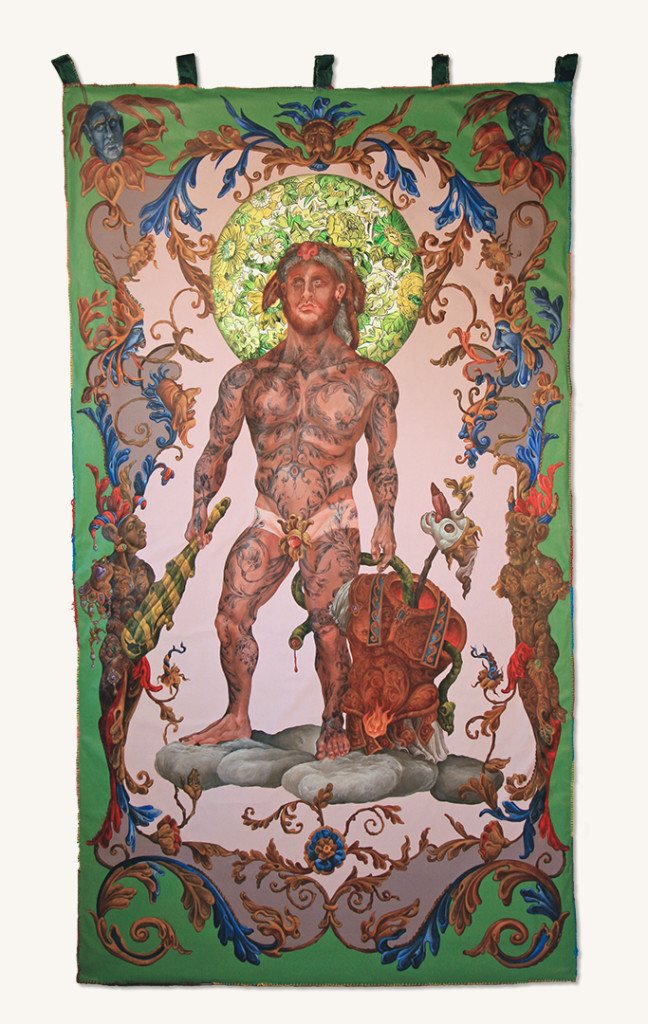
He says that the immersive exhibition will be touching on “the weighty tableau of the Temptation of St. Anthony of the Desert and the perilous trials of Herakles. My aesthetic expression is influenced by my instinctive inclination to lighten somber, somewhat ponderous existential themes with a gay touch.” Greco adds that he is consciously using the word “gay” in two ways, both in its “current identity-laden fraught understanding, and the anachronistic yet more delightful sense. Perhaps internalized homophobia has previously left me hesitant to make work so boldly queer – in every sense of the word – yet making art so openly flamboyant has been liberating.”

A recently completed figure for the exhibition, his six-legged Pluton, Prince of Fire and Governor of the Region in Flames, is an embodiment of this new work, a vibrant depiction of one of “a cadre of tempters” that will be a part of a major piece in Fairyland, “Embodied: St. Anthony & the Desert of Tears.” Brilliantly colorful, rich in detail, it is a large-scale work that’s alive and dimensional. And as with each of the works in this show, in it Greco continues to draw from a wide range of resources, mythology, Catholicism, British folklore, and the operas of Wagner.
He says that the work presented at Fairyland are shaped by “familiar themes, explored many times over by countless artists; yet this time reimagined through a prism of my own.”
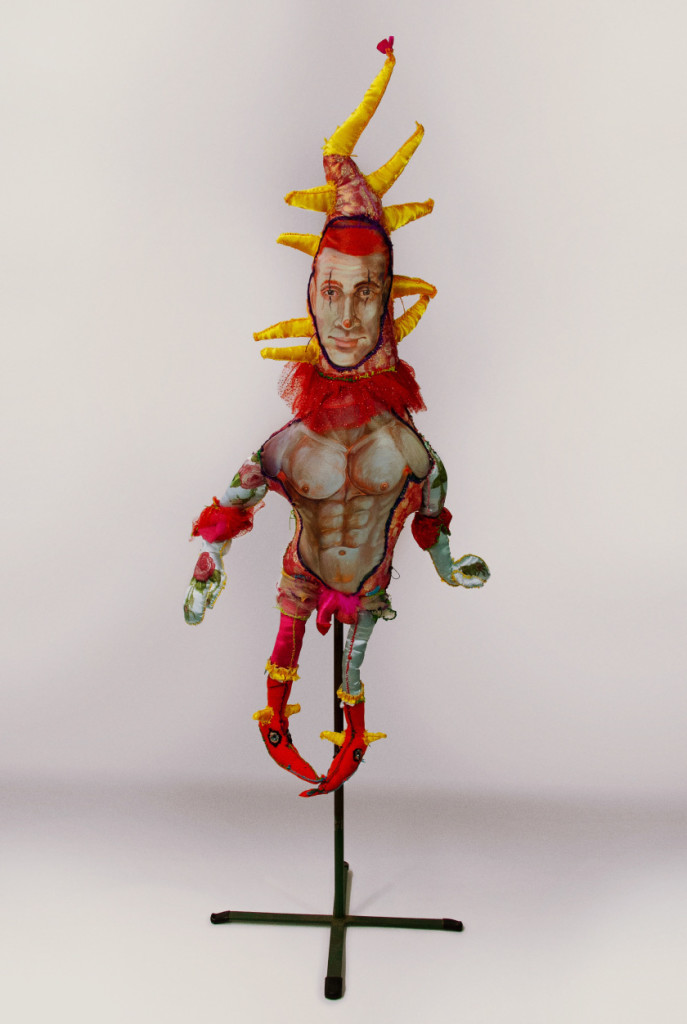
The exhibition is at once whimsical, witty, and spectacular – or as Greco says, “it is my intention to create a theatrical spectacle that is peculiar, visually arresting and deeply personal. Although the work is made solely for my own delight, I hope others find the work meaningful in some way.” With his painstaking creative process in mind and the density of these works, Greco is hopeful that visitors will resist what he terms “the siren call of selfies” to take it all in and absorb its drama and dynamics.
Asked to describe his aesthetic overall, Greco asserts that “it is never ironic, as is so often the current fashion.” He finds irony cynical and mocking, whereas his wit and humor is far kinder in its expression. “My work is never cynical for no other reason than the inherent affection I hold for my motley crew of heroes, saints, and sinners,” he explains.

Asked about his strong ties to Catholicism as both inspiration and redefinition in his work – and his mixed feelings about its mythology, he says “There are moments in the studio when I hesitate adding yet one more cross to a piece or stitching the Corpus to a crucifix. Catholicism is a touchy subject for a great many people and I can empathize with their ambivalence, and frequently their out-and-out pain.”
According to the artist “For me, the Church and her saints have been a life-long refuge, a place of art, beauty, ritual and faith, a place of rest from a chaotic, frequently violent childhood to the present, with the quotidian angst of living in an overextended and distracted age.”
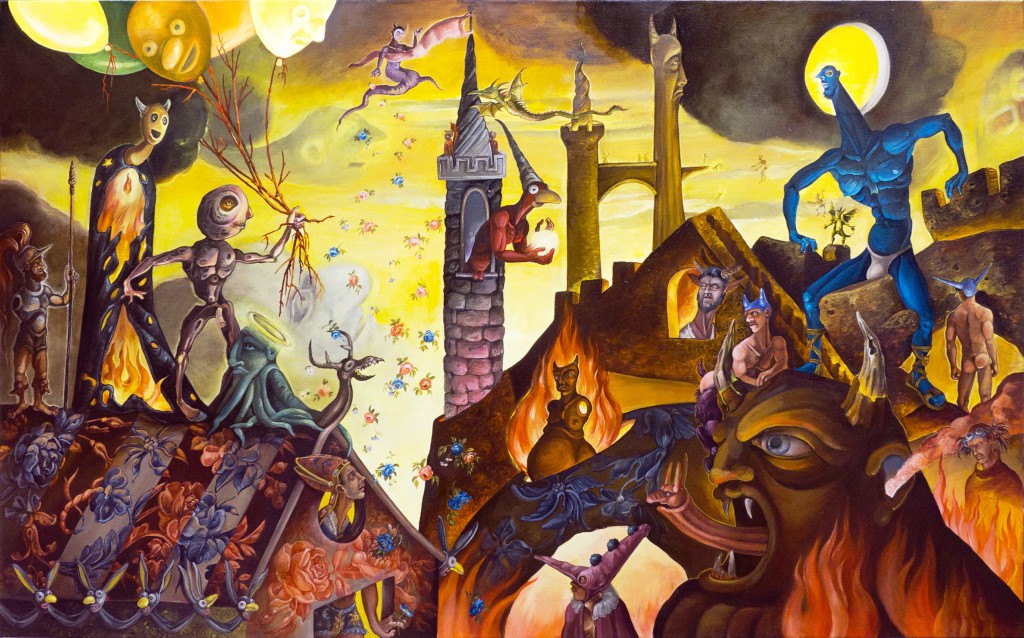
Greco adds “I feel the questions the early Church Fathers first grappled with in the 3rd and 4th century are still weighty, still relevant, and still unresolved to this day. How do we as a people, given life, live it fully and truly, steadfastly avoiding the distractions and temptations of a chattering world seemingly hellbent upon inane conformity?”
He relates that he is deeply interested in the “seemingly insignificant distractions that prevent us from embodying our truest selves. In essence, what interferes with your being authentic? What is your demon? Who, what, shadows your path?”
The dichotomy between his own devotion to the church and its frequent intolerances is not lost on Greco.
“As a gay man infatuated with the Roman Church, one that has been historically hostile and intolerant to LGBTQ people – and to other folks, I’ve had to re-contextualize narratives to suit my own perspective. But isn’t that what art making is meant to do?” he asks, noting that art is always “the retelling of stories in new and personal ways.”
Describing the mythological aspects of his art-making, he says that “like humanists in the past, I feel a kinship to our storytelling ancestors. I’m just spinning the yarn a little further.”


And in some cases, he is almost literally spinning it – his work with fabric is unique and filled with brilliant colors and design elements, although his stuffed paintings are hardly the only aspect of his work. From intricate embroidery floss to acrylic on canvas, Greco weaves a storytelling spell with his art.

“I draw, that I think is my strength. Whether with a pencil or ink, or brush or needle, I draw. It is my greatest love. While Fairyland has an absence of actual drawings on paper, the works are drawn with paint and thread. After Fairyland closes, I intend to retire the needle and thread for a bit and focus on putting pencil to paper for awhile. But I’m certain the call of the sewing basket will beckon me back.”
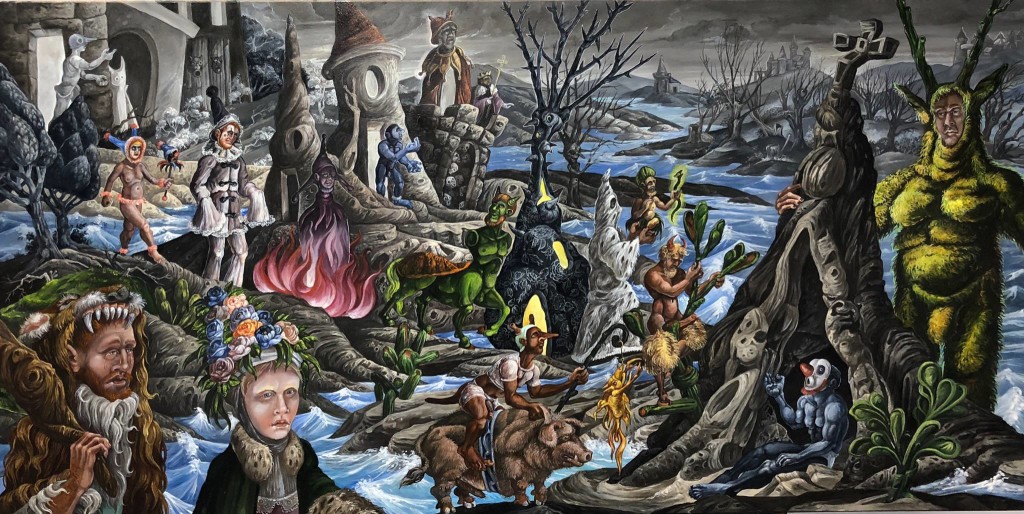
Overall, Greco has been working as a fine artist and decorative painter and muralist for more than 25-years, creating a body of work that is highly detailed and truly riveting in terms of texture, context, and yes, story. “While my commercial and artistic practices are separate entities, they’re also connected,” he says. He calls his work an exploration of the “extremes of human existence” presented through archetypal figures that are undergoing transformation and salvation, rebirth, and entlightenment. He creates these figures in an illustrative, narrative, and realistic style with backgrounds that may lean toward expressive abstraction. Overall, he explains “I am searching to find the divine in the everyday, to show that all life, in all its incarnations is indeed sacred and beautiful.”
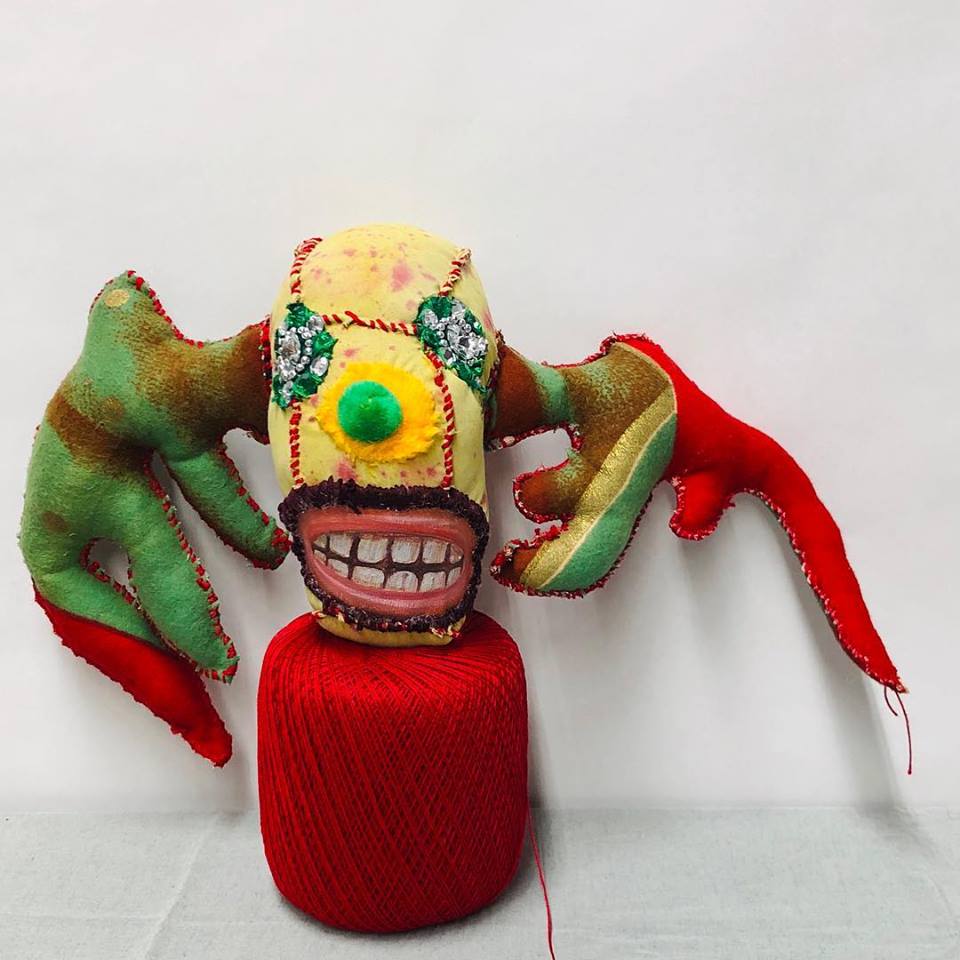

With that journey in mind, step into Greco’s Fairyland for a view of exuberant redemption, sacrifice, loss, and passion. Join the artist on a spiritual trip that takes viewers into a magical realm where religion, fantasy, and wonder shape their own world.
- Genie Davis; photos provided by the artist


